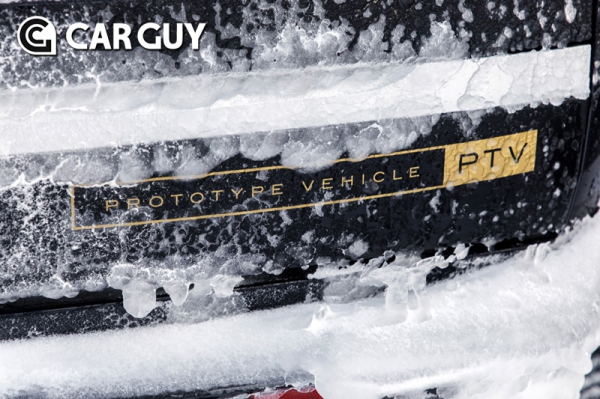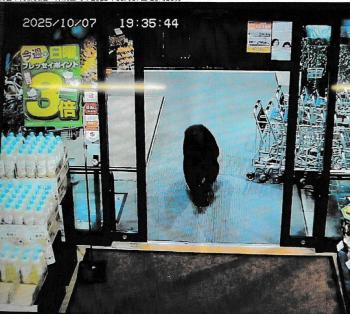Range Rover Electric Proves Excellent Driving Performance in Cold Weather Tests
Jun 19, 2025
|
This winter test, conducted on ice lakes and snowy sections in the Arjeflog area of Sweden, verified the thermal management system performance of Range Rover Electric in freezing conditions through cumulative driving totaling 72,000 km (about 45,000 miles). In particular, ice lake driving played an important role in evaluating driving dynamics performance, including single pedal driving capabilities and transitional twin-chamber air suspension.
One of the key challenges of this development phase was the verification of the performance of Range Rover Electric's new thermal management technology ThermasistTM (TermAssistTM). The system recovers residual heat to reduce heating energy consumption by up to 40% and to keep propulsion units and indoor spaces warm at minus 10 degrees Celsius.
This advanced thermal management technology is designed to help Range Rover Electric maintain optimal driving distance even at extreme low temperatures, and to minimize charging performance degradation so that it can be charged stably at any time. Thanks to this, the interior is always kept warm and comfortable even in very cold environments.
Thomas Müller, senior director of JLR product engineering, said, "Thorough verification in extreme unpredictable environments such as Arjeflog is critical to ensuring the reliability and durability of Range Rover Electric in real-world driving environments. "In this second Arctic Circle test, ThermAssistTM (TermAssistTM) technology has outperformed expectations and will play a major role in optimizing mileage more intelligently while maintaining stable charging speeds," he said.
The 800V high voltage battery mounted on the Range Rover Electric is the first battery designed and manufactured by JLR to optimize energy density, driving distance, and charging speed. The Cell to Pack structure is applied to achieve the highest level of performance, and the 117kWh battery composed of a total of 344 prism cells is accurately reflected in a double-layered method. The Range Rover's unique quiet and smooth driving sense continues in electric vehicles.
All-terrain driving performance and luxury and quiet driving performance, which are the core values of the range Rover, are implemented in electric driving systems through advanced technologies such as single pedal driving and switchable twin chamber air suspension.
The Range Rover Electric, which combines comfort and strong driving performance, has taken single-pedal driving technology to the next level. It decelerates the vehicle through the regenerative braking system, efficiently recovers power to the battery, and also works delicately with the Terrain Response. The single-pedal driving function completely stops the vehicle by simply removing the foot from the accelerator pedal and activates the Hill Hold function, helping the driver to start again without applying the brakes at all. In particular, tests on a 28-degree slope and a 17-degree slope with disproportionate grip in the Arctic test environment demonstrated differentiated driving performance even in extreme terrain.
The transition twin chamber air suspension, which is further improved in consideration of the weight distribution unique to electric vehicles, precisely controls body movement and provides a stable driving feeling unique to the Range Rover.
JLR vehicle engineering director Matt Becker said, "Due to the driving nature of the Range Rover, excellent performance and sophistication must be naturally combined. Implementing these two without compromising other performances in EVs has been a very challenging challenge. By increasing body torsional stiffness and improving driving responsiveness, we were able to maintain the familiar driving sense unique to Range Rover in electrified models. We have succeeded in combining the core elements of the brand with new advanced technologies," he said.
Ice track driving in the Arctic region demonstrated that Range Rover Electric's four-wheel drive technology can perform well on all terrains. Based on more precise torque control than conventional internal combustion engine vehicles, Intelligent Driveline Dynamics (IDD) technology distributes rear torque from 100% to 0% to prevent grip loss. In addition, it works with Integrated Traction Management to maintain ground stability, control motor speed within 50 milliseconds, and manage slip up to 100 times faster than internal combustion engine vehicles.
The Range Rover Electric prototype, which finished its second season at Arjeflog, will continue its rigorous testing and development program ahead of customer appointments.
This article was translated by Naver AI translator.














